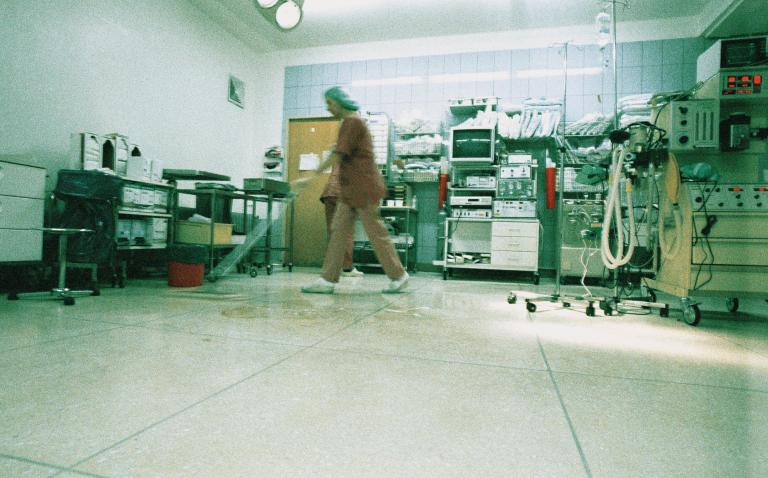Standards of cleanliness and food in NHS hospitals throughout England have improved, according to the annual Patient Environment Action Team (PEAT) data for 2008, published by the National Patient Safety Agency (NPSA) last week.
Patient Environment Action Teams were established in 2000 to assess NHS hospitals. Under the programme, every hospital in England with more than ten beds is assessed annually and given a rating of excellent, good, acceptable, poor or unacceptable.
The teams inspect standards across a range of patient services including of food, cleanliness, infection control, and patient environment (bathroom areas, décor, lighting, floors and patient access) to give the hospital an overall rating. This year’s results show a significant improvement in standards with 98.5% of trusts scoring acceptable or above for their patient environments and 99.5% of trusts scoring acceptable or above for standards of hospital food.
Each site is inspected by a Patient Environment Action Team which consists of teams of NHS staff, including nurses, matrons, doctors, catering and domestic service managers, executive and non-executive directors, dieticians and estates directors. They also include patients, patient representatives and members of the public.
Martin Fletcher, Chief Executive of the NPSA said: “This year’s PEAT results show a welcome improvement on the environmental standards of NHS hospitals across the country.
“The PEAT results are clearly a tribute to the ongoing hard work of the NHS staff involved. I hope they will also encourage all hospitals to keep on improving their standards for the future.
“Both NHS trusts and the public can now view how their local hospitals have performed on making their facilities clean, comfortable and safer for patients.”
NHS hospitals throughout England have already had access to their individual scores for 2008; however from today they will able to compare this year’s score with other local hospitals.
Your comments (Terms and conditions apply):
“The appearance of cleanliness does not actually mean that rates of healthcare acquired infection will decrease. Cleanliness of commodes, toilets, etc, do have a bearing on the transmission of infection, but what is important is what cleaning materials were used and whether commodes are rusted, chipped or scratched. In other words, are there still places where bacteria can reside and multiply? The NHS is all too ready to pat itself on the back without, apparently, realising the problems which are before them.” – Graham Tanner, Bristol, UK










